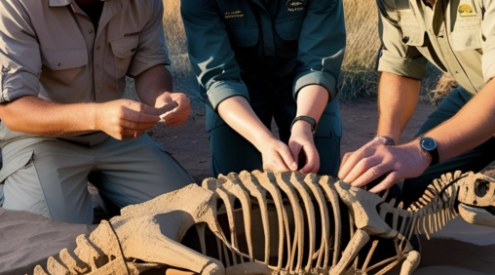Cape Town wasn’t built in a day. As the analogy goes, great things take time, but to truly appreciate how great something is or how far it has come, sometimes we must go back to its foundations.
Thanks to Dave D’Aguiar, who shared his friend’s family album spanning eras, oceans and mountains, we have the gorgeously preserved curation of the Gleave Album, believed to have been largely captured by A. Jurgen.
Going through the photographs, my mind was abuzz with hues of awe. This feeling wasn’t just because of how different things might have looked, but more so because of the similarities.
The people here marvelled at the same views we do now. Their sunsets were probably just as breathtaking, the mountains just as grand.
They were just as excited to see a certain ship or ocean view. I think that appreciation for beautiful moments and the thought that this appreciation can span lifetimes are really what made curating these photographs such an ethereal experience.
The photographs span from the 1800s to the 1960s.
Here is Cape Town in her youth, as well as the people who captured it.

Some of the first wheels to touch the wild top.

Camps Bay’s teenage years.

The Beach at Hout Bay ‘in the days of the Cape Cart’.

Devil’s Peak from the site where UCT would one day stand.

‘Sunshine Shadow’ Chapman’s Peak Marine Drive, Hout Bay, where some of the first cuttings through the mountain were made.

Troops embarking for the Great War, 1914.

Old boat, new friend – The Outeniqua in Knysna Harbour.

The top of Longmarket Street in the Malay Quarter where the young city hummed.

Clarensville, a homefront in a very different Sea Point, circa 1800s.

A German ship in Cape Town Docks, just before war was declared.

Before the V&A, there stands the Alfred Docks/Breakwater.

The little angel and Lion’s Head.

Adderley Street where a jetty awaits its Captain, Percy Scott.

Union Castle Mailship in Cape Town Docks, circa 1900.

A portion of Camps Bay, Apostles from the Kloof Road.

Lion’s Head and her new friend the unpaved road.

‘Clifton Hotel’.

Camp’s Bay in the calm.

The woodcutter looks out at the future as we look into his past.

1907’s Vintage Hiking Club, AKA, The Mountain Club.

Cruising into the unknown.

The streets of Old Cape Town where the Whittington Hotel once stood.

Table Bay from the summit of Table Mountain.

‘On the Qui Vire’ cattle and grass cutting guards 1880.

The rise of the motorcar beyond an ocean view.

Muizenberg, packed with beach goers – 1969.
Article shared by Cape Town Etc.
Pictures: Gleave Album/ shared by David D’Aguir


















